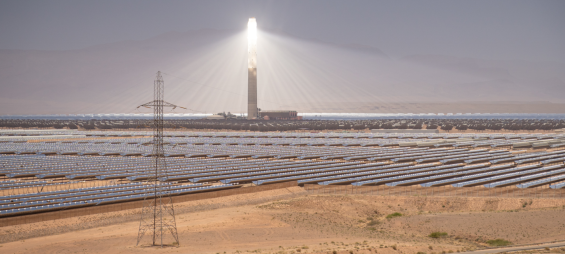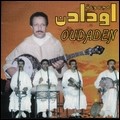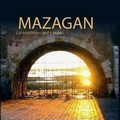Between 2010 and 2022, Morocco received a total of 5.6 billion dollars of international public financial flows destined to renewable energy, according to the International Energy Agency's (IEA) June 2024 report on energy progress. This ranks Morocco 11th among 38 countries and territories identified as top recipients of international public financial flows to renewables.
According to Chapter 5 of the report dedicated to International Public Financial Flows to Developing Countries in Support of Clean Energy, the majority of the 5.6 billion dollars granted to Morocco during the last 12 years have been invested in solar energy.
The rest of the flows were used to finance wind energy, hydropower, and other renewables, details the report compiled by the IEA, the International Renewable Energy Agency (IRENA), the World Bank, and the World Health Organization (WHO).
Indeed, during the last decade, Morocco has been focusing on increasing the use of renewable sources for electricity production by launching a series of projects related to solar and wind energy.
As of the end of 2022, the share of renewable energy in the electrical capacity mix in Morocco reached 38%. This achievement places Morocco among the top 5 African countries in terms of renewable energies with a capacity of 3,727 MW, according to a report by the International Renewable Energy Agency. Morocco expects renewable energy sources to provide more than 52 percent of the total installed capacity by 2030.
Global ranking of public financial flows
Globally, the list is topped by India, which collected public financial flows of 15.6 billion dollars dedicated to supporting its clean energy between 2010 and 2022. Pakistan comes second ($8.7 billion), followed by Turkey ($7.9 billion) and South Africa ($7.7 billion).
In 2022 only, the top five recipient countries of international public flows were Brazil (USD 1.213 billion), South Africa (USD 1.210 billion), Egypt (USD 823 million), Uzbekistan (USD 756 million), and India (USD 627 million).
The report also discusses global funding trends for clean energy. While the amount of money from developed countries to help developing countries use clean energy like solar and wind power went up in 2022, it's still not enough to reach the goals set for 2030.
This means some countries, especially the poorest ones, might not be able to switch to clean energy as quickly as we'd like. Moreover, most of the money isn't going to specific technologies like solar panels or wind turbines. Instead, it's being used for broader programs to bring clean energy to communities.





 chargement...
chargement...













